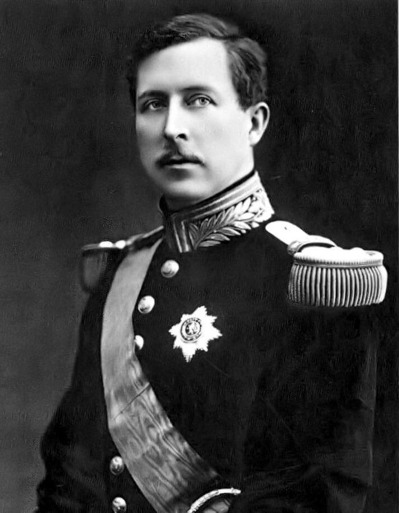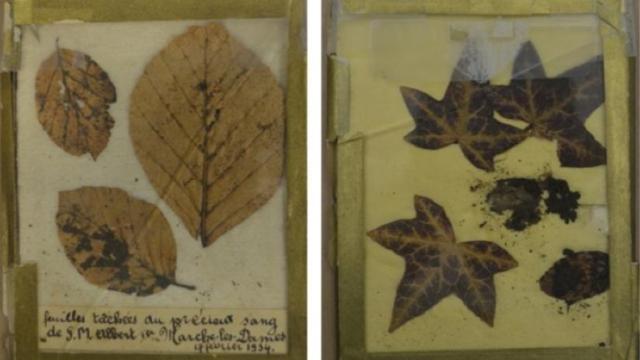Controversy has long surrounded the presumed accidental death of Belgium’s King Albert I in 1934, with conspiracy theorists crying murder. Now, 80 years later, forensic geneticists have successfully matched DNA
King Albert I was arguably one of the most popular monarchs to rule the small kingdom of Belgium. He presided over a hugely tumultuous period in history, steering the country through the German occupation during World War I, the post-war reconstruction, and the Great Depression, to name a few key events. And he died young, at age 58, in an Alpine climbing accident — or did he?
See, the king was an avid and highly skilled mountain climber, leading some to question whether his “accident” was actually murder or suicide. It’s not like there were any eyewitnesses on hand. The pro-conspiracy crowd speculated that Albert was killed somewhere else and his body planted at the Marche-les-Dames site after the fact.

King Albert I of Belgium (1875-1934). Public domain.
Historians have largely dismissed such theories. The official investigations concluded that the king either fell after leaning on a boulder that suddenly dislodged, or he fell 18.29m after the rocky pinnacle to which his climbing rope was attached broke away.
According to a new paper in Forensic Science International: Genetics, historians have reason to be confident in that consensus. Flemish journalist Reinout Goddyn had purchased one of the many relics collected from the site where the king’s body was found — in this case, tree leaves stained with blood. An earlier analysis in 2014 confirmed the blood was human.
Now two forensic geneticists have conclusively shown that the blood is indeed that of the late beloved king. They compared DNA from the blood on the leaves with that of two of Albert I’s living distant relatives: the last tsar and former prime minister of Bulgaria, Simeon II of Saxe-Coburg and Gotha, and a German baroness, Anna Maria Freifrau von Haxthausen.
Will this be enough to convince the most diehard conspiracy theorists? Probably not. “Eighty years after the fact, everyone involved has passed away, and most material is gone; we will probably never be able to dismiss all speculations concerning this ‘cold case,’” co-author Maarten Larmuseau of University of Leuven in Belgium said in a statement.
However, “The authenticity of the trails of blood confirms the official account of the death of Albert I,” he added. “The story that the dead body of the king has never been in Marche-les-Dames or was only placed there at night has now become very improbable. Furthermore, the results show that conducting a perfect legal investigation at the time was impossible right from the start, because souvenir hunters had disturbed the scene.”
